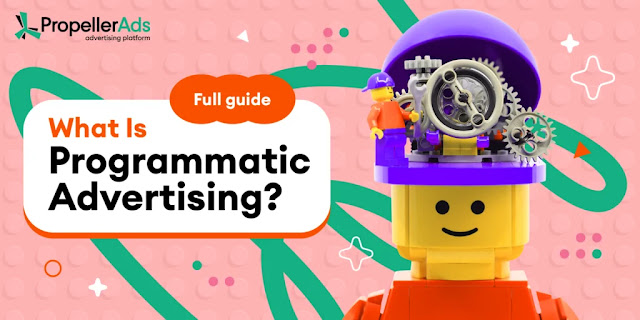
The first step in programmatic advertising is understanding the technology behind it. Programmatic advertising involves automated ad buying through platforms known as demand-side platforms (DSPs) and supply-side platforms (SSPs). DSPs allow advertisers to bid for ad space in real-time based on audience targeting, while SSPs help publishers sell their inventory to the highest bidder. The process involves analyzing data such as user behavior, demographics, location, and device type, enabling advertisers to serve highly targeted ads. By leveraging data-driven decisions, digital programmatic advertising ensures that your ads reach the right audience at the right time, maximizing your return on investment.
Once you understand the process, the next step is selecting the right platform to run your programmatic campaigns. There are many DSPs available, such as Google’s DV360, The Trade Desk, and MediaMath. These platforms offer a variety of tools and resources to help you create and manage campaigns. Depending on your budget, objectives, and target audience, you can choose the platform that best suits your needs. Some DSPs even allow integration with data management platforms (DMPs), which can help you segment your audience based on various attributes, further enhancing the effectiveness of your digital programmatic advertising.
The next critical step in how to do programmatic advertising is setting your goals and determining your KPIs (key performance indicators). Are you aiming to drive traffic to your website, increase brand awareness, or boost conversions? Your goals will influence the type of ad format and bidding strategy you use. For example, if you’re focused on brand awareness, you might use programmatic display ads, which are visual banners shown across various websites. If you’re aiming for higher engagement, programmatic video ads or native ads might be more suitable, as they provide a richer experience for the user.
After setting your goals, the next step is creating your ad creatives. For programmatic advertising to be successful, your ad creatives need to be engaging, relevant, and well-targeted. High-quality images, clear messaging, and strong calls to action are key components of effective ads. Make sure your creatives align with your overall campaign objectives, and keep in mind the different formats used in programmatic advertising, such as display banners, video ads, and native ads. Each format has its own design specifications, so it’s important to create assets that are optimized for different platforms.
The final step in learning how to do programmatic advertising is monitoring and optimizing your campaigns. One of the main advantages of digital programmatic advertising is the ability to track performance in real-time. This allows you to adjust your campaigns on the fly, optimizing bids, targeting, and creative elements. Regularly reviewing your performance data—such as click-through rates, impressions, conversions, and return on ad spend—will help you identify areas for improvement. You can then make data-driven adjustments to your campaigns to ensure that they are always delivering optimal results.
In conclusion, understanding how to do programmatic advertising can significantly enhance the efficiency and effectiveness of your digital marketing efforts. By leveraging the power of automation, data-driven targeting, and real-time optimization, you can ensure that your ads reach the right audience at the right time. Whether you're using programmatic display ads, video ads, or native ads, the ability to optimize campaigns based on real-time data is one of the key advantages of digital programmatic advertising. By following these steps, you can create and manage successful programmatic campaigns that drive better results for your business.